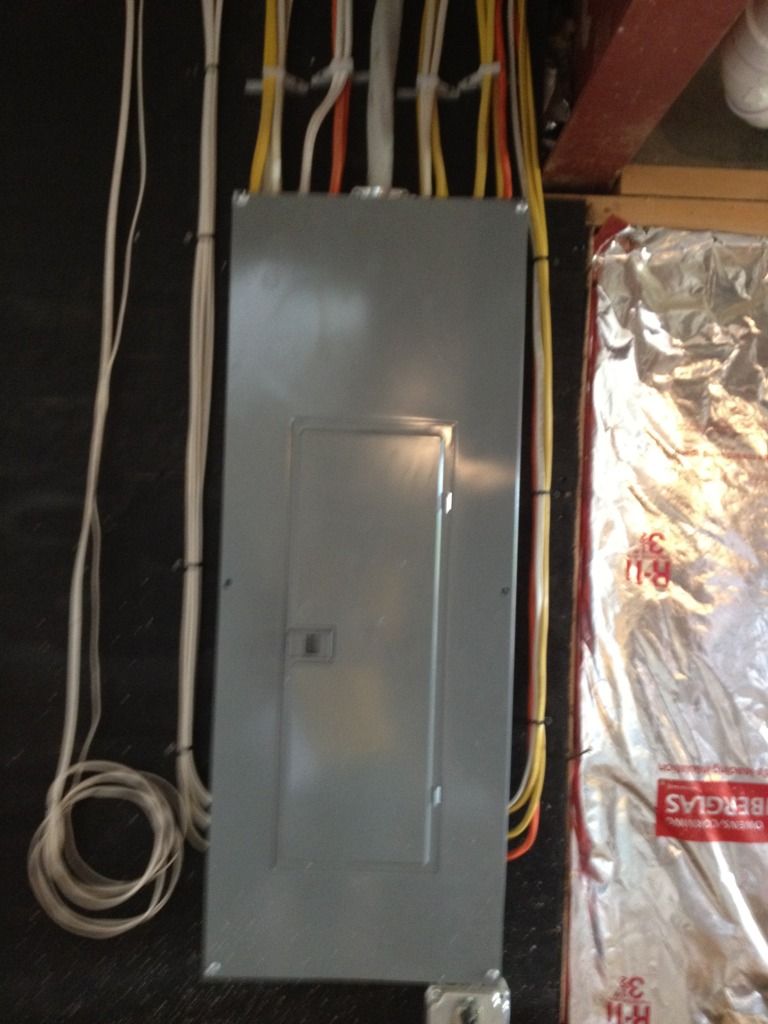mark32
Senior Member
- Location
- Currently in NJ
I put up a load center a week ago but prior to this I painted a piece of plywood (To mount the panel on) with oil based paint. I thought it was water based until I slapped the first splash of it on. I read the can and it didn't have any flammable warnings on it, at least not having a reference to flammability once dried. It even said it was okay to use on children's toys. I have to go back to this job next week, should I bother painting over it with water based stuff or don't even worry about it?


